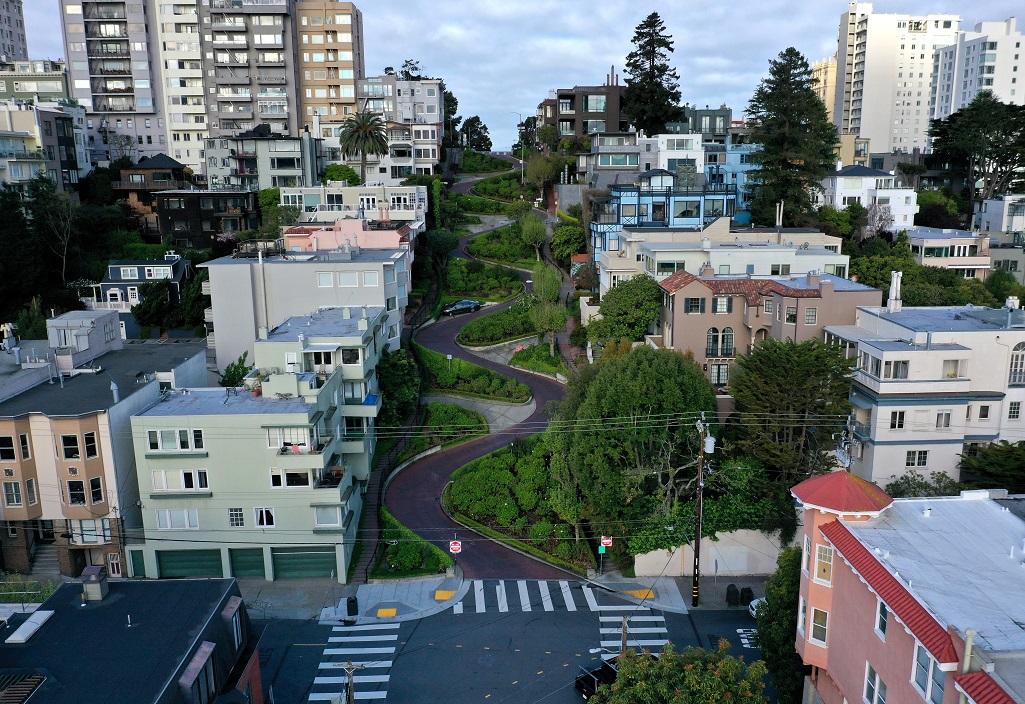Commentary
To no surprise, the CCP virus is hitting our large urban centers the hardest. Indeed, throughout all of history, cities have been places where diseases have proliferated the most.


To no surprise, the CCP virus is hitting our large urban centers the hardest. Indeed, throughout all of history, cities have been places where diseases have proliferated the most.